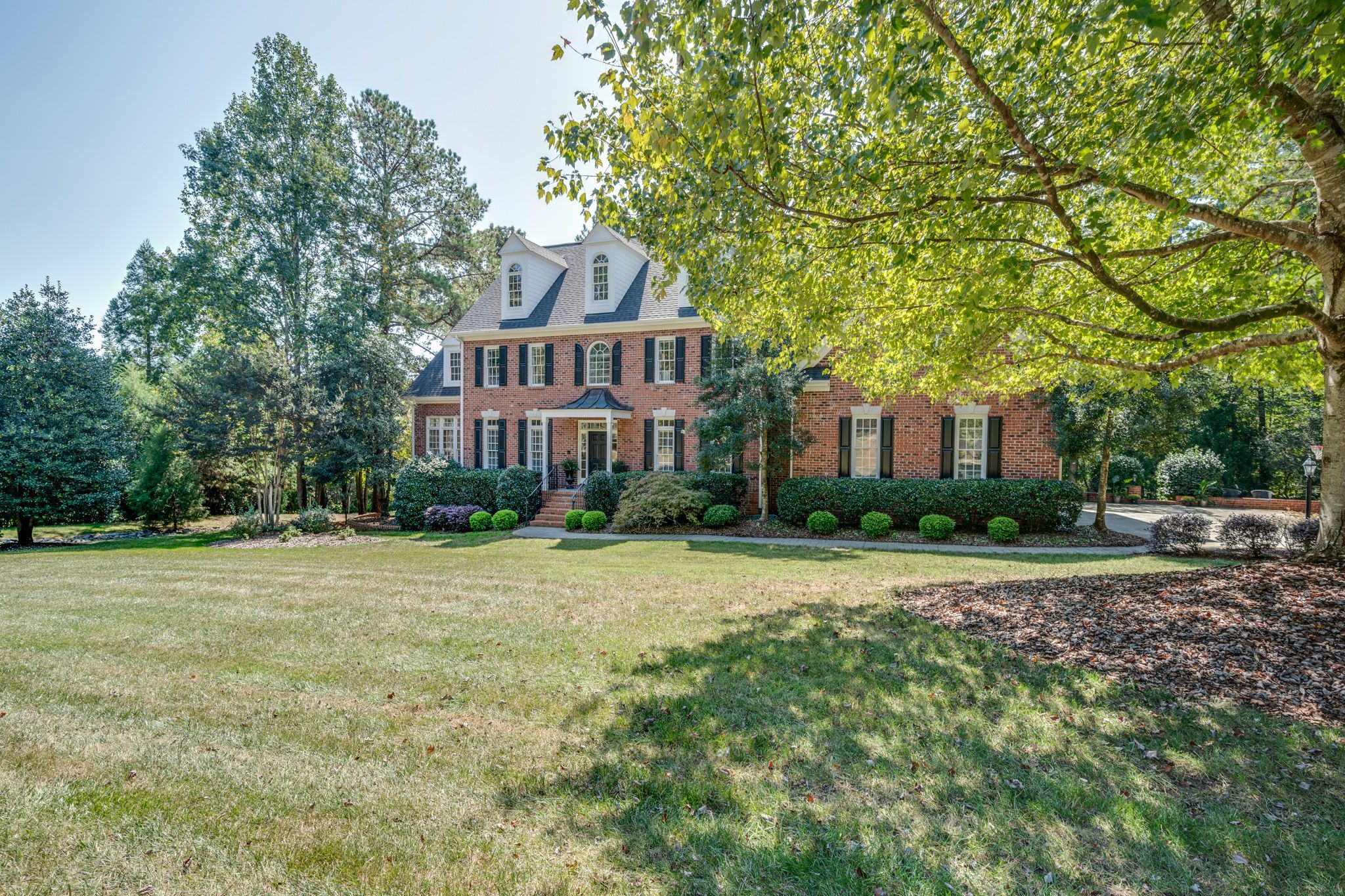Homeowner’s Guide to Birdwatching From Your Backyard
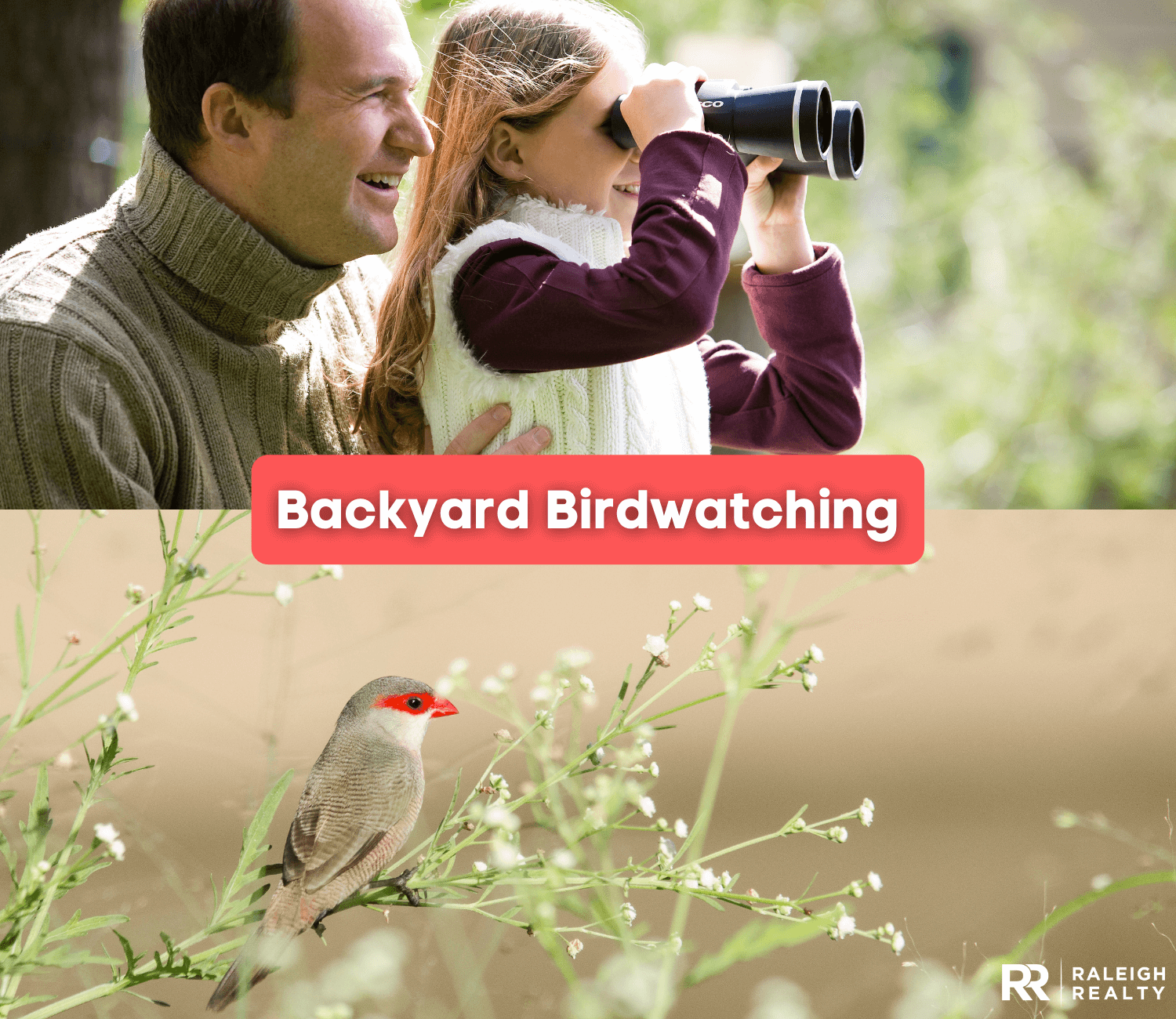
How Important Are Birds to Our Ecosystems?
Birds are important members of our environment and are essential to the health of the planet. Not only are birds beautiful to admire, but a world without birds would be detrimental to life as we know it. As an inspiration to artists, photographers, and even the modern-day airplane, birds are our link to the natural environment and keep systems in balance.
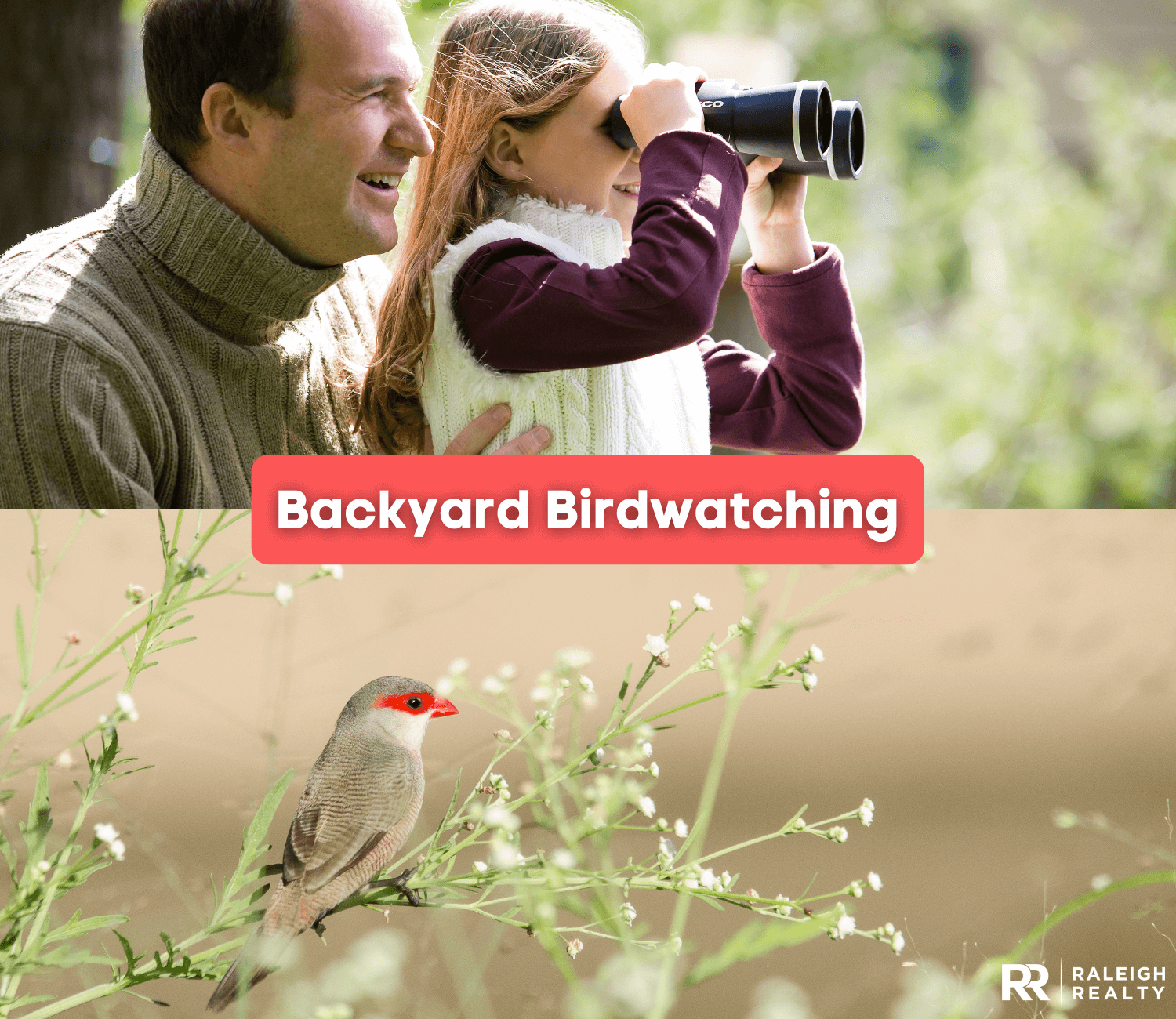
By impacting human health, the economy, and food production, birds are important because they control pests, pollinate plants, spread seeds, and clean up waste. By maintaining the balance between predator and prey, birds have the power to transform entire landscapes and even keep coral reefs alive through the fertilization of marine ecosystems. As messengers for the planet, birds are recognized as an early warning system for environmental problems such as climate change and continue to be an inspirational tool for scientific advancements.
With the introduction of urbanization and urban sprawl, birds have had to adapt to the change in landscape. Even though urban areas only cover about 2.7% of the world surface, many environmental problems have led to the loss of biodiversity and are directly impacting the lives of birds. While some bird species seem to thrive in urban areas, other bird populations seem to decline due to the loss of habitat and the growing threat of climate change.
Chapters
Attracting Birds to Your Home and Backyard
Birdwatching is a great way to share an intimate connection with nature from your own backyard. Since there are birds all around us, birdwatching is an easy activity that can be enjoyed by everyone. Not only can it be done year-round, but birdwatching promotes habitat conservation and helps us better understand the world around us. If you are interested in birdwatching and want to welcome more birds to your yard, there are certain variables that you need to consider.
Landscaping
Creating a habitat that serves the basic needs of birds is the first step to successful backyard birdwatching. Through natural and intentional landscaping, many species of birds will choose to come nest and live in your yard. By providing shelter, water, and food sources, your backyard will become a bird haven. Plus, nice landscaping also improves the value of your home if and when you decide to find a home for sale in Raleigh.
Landscaping tips for birdwatching:
-
Completely remove any invasive plants.
-
Reduce your lawn area.
-
Build a brush pile in the corner of your yard for nesting purposes.
-
Do not use insecticides.
-
Install a moving water feature.
-
Use native plants to encourage native birds to nest in your yard.
-
Keep dead trees for dwelling and as a source of food.
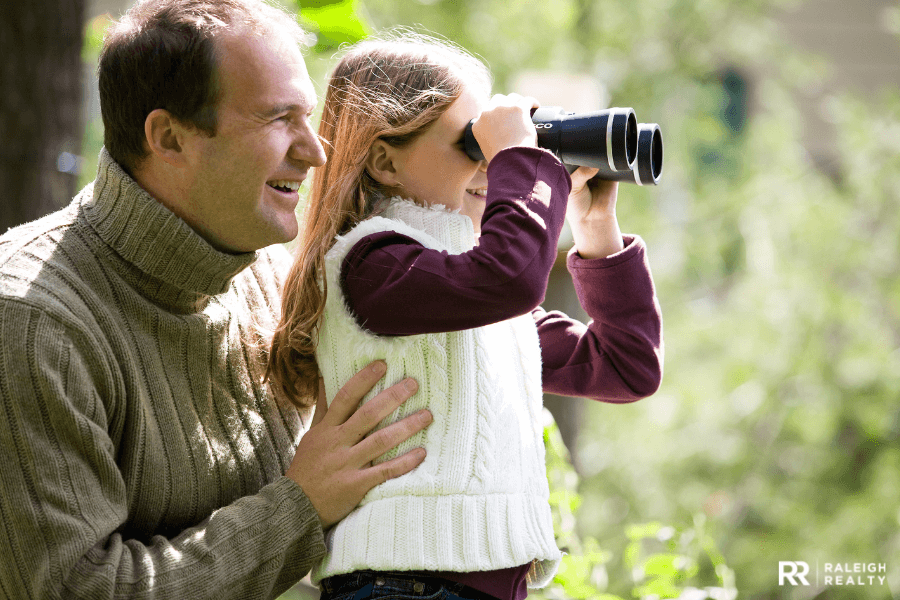
Plants and Trees That Attract Birds
When deciding what plants and trees to plant in your backyard to attract the most birds, choosing native plants are always the best option. While some vegetation favorites may not always work for every region, there are certain plant and tree varieties that birds are known to be particularly fond of. By planting different types of berry bushes, grapevines, fruit trees, and trees and plants that produce seeds and nuts, the more birds that you will attract.
Top trees and plants that will attract the most birds:
-
Red Mulberry
-
White Oak
-
Flowering Dogwood
-
Red Maple
-
American Holly
-
Wild Black Cherry
-
Virginia Creeper Vine
Installing Bird Fixtures
While you can always opt to go on an adventure and go birdwatching at a nature preserve, wildlife refuge, or park, attracting birds into your own backyard is a magical experience that will bring beautiful birdsong and natural pest control. By installing bird fixtures such as birdhouses, birdbaths, and bird feeders, your yard will become a safe place for birds to rest and flourish.
Bird fixture tips for birdwatching:
-
Start with a simple birdbath.
-
Provide nesting boxes.
-
Provide a variety of feeders including tube feeders, hopper feeders, ground feeders, suet feeders, and nectar feeders.
-
Provide the right food type for different bird species.
-
Provide plenty of shelter for safety and warmth.
-
Offer opportunities for nesting with nesting material such as grass clippings, leaves, dried weeds, and pet hair.
Birdwatching Basics
There are currently over 47 million birdwatchers in the United States and the number keeps growing. If you want to join the masses and become part of this exciting birdwatching community then there are certain steps that you need to take before you hit the ground running. By starting off with a great attitude that mixes equal parts of patience and curiosity, you will become a professional bird watcher in no time.
Where and When
The first step is to learn the best timing for birds, the habitats, and the activity of the species that you are trying to observe. The location, time of the day, time of the year, and the weather can greatly affect how many birds and what species of birds that you will be able to come across. If you are birdwatching in your own backyard, then you will want to make sure that your yard is landscaped and equipped with the right materials to attract the most birds.
In order to find a good spot for birdwatching, it is important to know where to go. Without straying far from home, all that you will need is a green space and any open water source. The edge of a forest and an open meadow are normally ideal birdwatching locations. If you do not want to sit in one spot then taking a walk on a nature trail or driving through a wildlife area are other great options.
Since many birds in your neighborhood are common and live there all year round, being able to recognize specific species and their habits by sight and sound will give you a good idea about the ideal time to birdwatch. Keep in mind that most birds are more active in the morning and during the day and that some species might only appear during specific seasons. Paying close attention to the birds around you and their patterns will lead to more successful encounters.
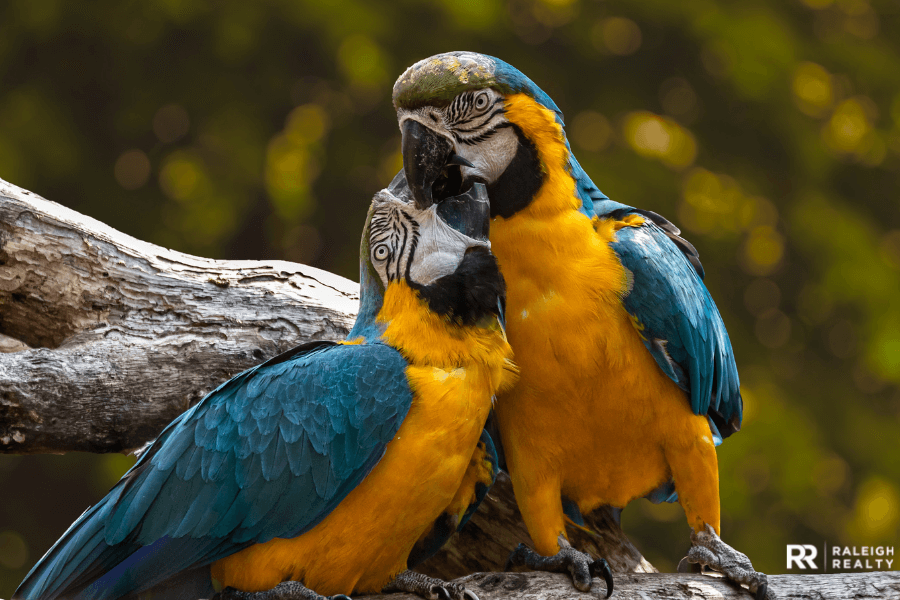
Identifying Birds
Being able to identify the birds that you spot in your backyard is one of the most exciting and rewarding parts of birdwatching. After finding the perfect spot for your observations then it is time to do some homework on the certain bird species in your area, state, and region. By learning about the birds around you and what they look like, you will be able to understand their migration and nesting patterns to better equip your yard for their needs. If you are searching for homes for sale in Raleigh, then you will need to become familiar with some of the top backyard bird species in North Carolina. The best way to learn more about the different bird species in your area is to invest in local and regional field guides, books, and bird identification apps such as Merlin.
Some of the most common bird species in North Carolina are:
-
Northern Cardinal
-
Carolina Chickadee
-
Carolina Wren
-
Tufted Titmouse
-
American Crow
Additional Resources for Identifying Birds
Birdwatching Equipment
Finding the right equipment and gear is the go-to way for taking your birdwatching experience to the next level. From field guides to weatherproof notebooks and birdwatching apps, there are certain tools that are essential to admiring all of the bird species living in your backyard.
Make sure that you have these essentials:
-
Binoculars: Consider magnification and field of view when choosing the right binoculars for you.
-
Telescopes: Spotting telescopes are ideal for viewing more distant birds.
-
Cameras: Consider cameras with autofocus and a wide selection of lenses.
-
Clothing: Wear clothing that will protect you from the sun, bugs, and heat.
Birding Ethics, Conservation, and Science
One of the most important rules of birdwatching is to always respect the wildlife and its environment. By respecting the birds and their habitat, observes can enjoy the beauty of nature without interfering and directly impacting wildlife and other birdwatchers.
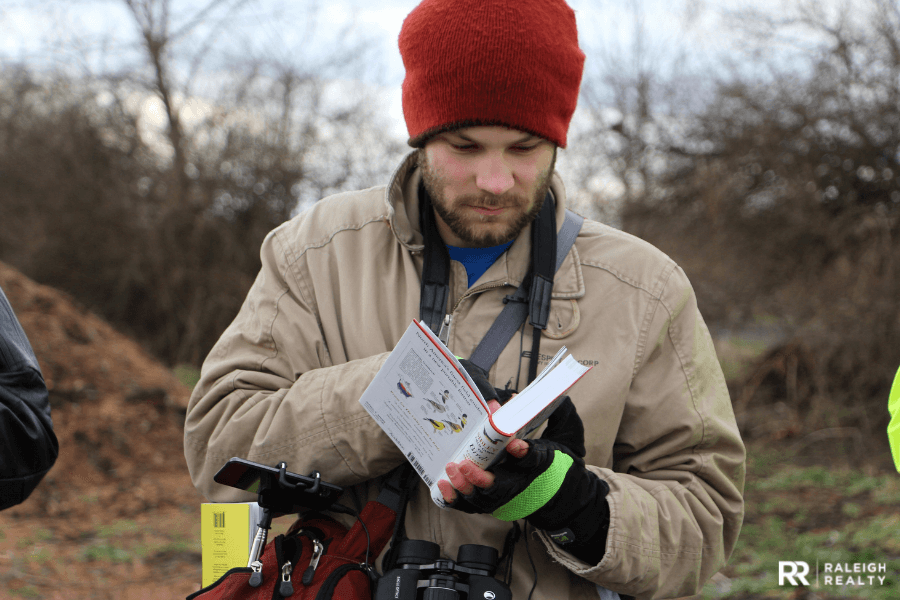
How to Birdwatch Ethically
Staying mindful of wildlife and the people around you will ensure that the birds’ welfare and interests come first. In order to do this, all birdwatchers must learn and follow the Birding Code of Ethics which is outlined as follows:
-
Respect the environment and natural habitat: Promote bird-friendly practices, pay attention to negative environmental impacts, do not put birds in danger, and do not disturb habitats.
-
Respect the bird community: Keep the health and welfare of birds in mind.
-
Respect the law and rights of others: Be mindful of property, follow all local and state laws, rules, and guidelines.
-
Promote sustainable and safe techniques: Ensure that all feeders, nest structures, and bird environments are safe.
-
Observe from safe distances: Do not disturb or stress birds out in their natural habitat by approaching or getting close to them.
Bird Conservation Efforts
Much like many other animals, birds can be deeply affected by changes in their environment and their habitat. Issues of pollution, predation, habitat loss and poaching can affect bird populations around the world. To make sure that future generations can appreciate and engage in birding and birdwatching, we should work to help protect birds and their habitats. Through bird conservation partnerships and initiatives, local groups and volunteers can help raise awareness about the importance of protecting birds and the surrounding environment.
Resources for Bird Conservation
Birdwatching and Citizen Science
Ornithology is considered to be the study of birds in their natural habitats. If you are passionate about birdwatching and ornithology, then you should consider taking part in citizen science projects that are offered in your area. These projects use birdwatchers to help wildlife scientists and ornithologists learn about bird populations through observations. Not only is this a great way to get involved and connect with others in your local community, but the contribution of data and notes on nesting birds will help pinpoint locations of bird species and migration dates. Examples of citizen science projects on birds include eBird.org and NestWatch.org which are from the Cornell Lab of Ornithology.

Resources and Opportunities for Kids Interested in Birdwatching and Ornithology
Birdwatching can be a great way for kids to experience hands-on science and engage with the natural world. Encouraging children to enjoy the great outdoors, birdwatching is a lifelong hobby that will build patience, concentration, and will inspire heightened observation skills in your kids.
Are your children interested in becoming young birdwatchers? Consider joining one of these local groups and clubs in your area.
Additional Resources for Kids
Birding Organizations and Clubs
While most birdwatchers enjoy this hobby alone in their own backyards, there are still many ways to be involved in a group setting. Whether you want to join a local club, organization, or to form your own birdwatching meet-up group, connecting with individuals that share similar interests is a fantastic way to meet new friends.
Find your local chapters of the National Audubon Society and the American Birding Association:
Online Communities and Organizations
If you would rather connect with other birders online rather than in person then there are certainly multiple ways to do so. Through the use of online forums and organizations, have access to birdwatching blog posts, online photo galleries, and a free community discussion board to share ideas and birdwatching information. There are even global, online events such as the Great Backyard Bird Count that connect birdwatchers from all over the world to learn about and celebrate birds.
Check out these online forums and organizations:
National Resources for Birding
Resources for Birding in North Carolina

Ryan Fitzgerald
Hi there! Nice to 'meet' you and thanks for visiting our Raleigh Real Estate Blog! My name is Ryan Fitzgerald, and I'm a REALTOR® in Raleigh-Durham, NC, the owner of Raleigh Realty. I work alongside some of the best Realtors in Raleigh. You can find more of my real estate content on Forbes, Wall Street Journal, U.S. News and more. Realtor Magazine named me a top 30 under 30 Realtor in the country (it was a long time ago haha). Any way, that's enough about me. I'd love to learn more about you if you'd like to connect with me on Facebook and Instagram or connect with our team at Raleigh Realty. Looking forward to connecting!

